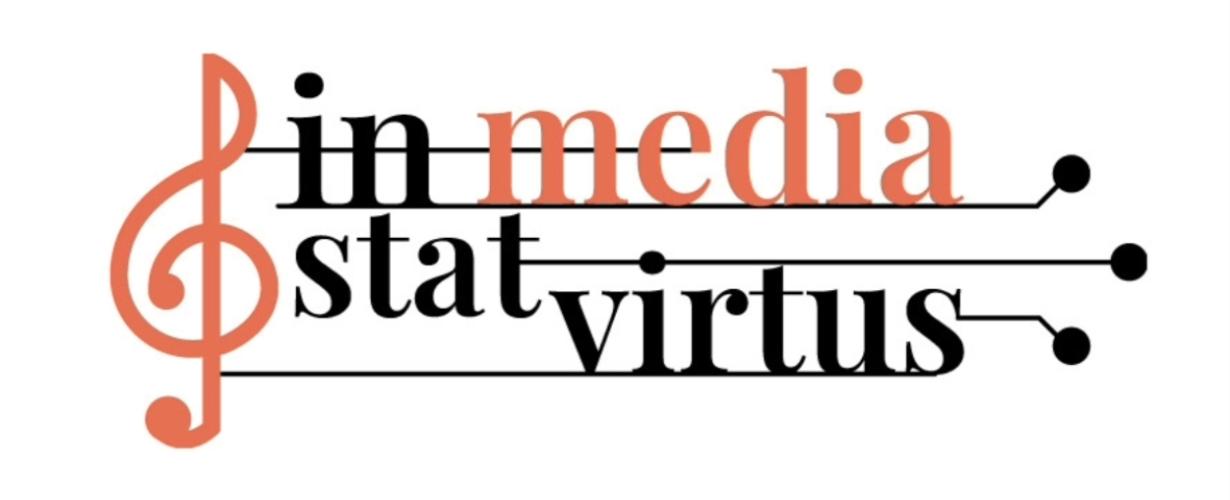Digital technologies for teaching are an area of significant innovation across all sectors of higher education. However, in musical higher education, this progress is hindered by the challenges of developing practical instrumental and vocal training.
These challenges are particularly evident in the case of ensembles or chamber music, where multiple performers must play or sing together. Unlike lectures or discussions, where teachers and students can interact verbally, playing music together requires precise coordination, making it difficult to adapt to digital and online platforms. As a result, the development of digital teaching methods in this area has been slow. Nevertheless, promising technological solutions are emerging, and it is essential to test these in academic settings to evaluate how effectively they meet the needs of higher education.
This study is methodological, technological, and organizational in nature. It aims to assess current technical possibilities and their practical applications, leading to the creation of an integrated digital teaching model tailored to the specific needs of chamber music education at the higher education level. In this context, the Erasmus+ project In Media Stat Virtus explores the applications and
limitations of distance learning in higher music education. This project builds on the tradition of classical music and expands its potential by studying both synchronous and asynchronous modes of interaction, specifically designed for music education.
In this presentation, we aim to share the final results of an extensive research process, presenting practical solutions for music distance learning and practice. We will focus on various approaches, software, and teaching methodologies.
Virtual Stage and 'In Media Stat Virtus' are projects supported by the European Commission.
